Mahogany wood was once found in palaces and castles and was nicknamed 'the wood of kings'. Famous 18th and 19th century furniture makers such as Chippendale or Sheraton, made this exotic wood the most prized wood of its time. Pieces of mahogany furniture carved with period-specific items have stood the test of time and now sell at art auctions for the equivalent of small fortunes. The value of the furniture at that time was also due to the fact that the wood, which was brought from the colonies, was very expensive. Now, mahogany is no longer so hard to find, but species inflation has occurred. Wood similar in design and color is sold as mahogany, although it has different properties. Which type of mahogany is considered the original mahogany and why it is different from the other species will soon be revealed.
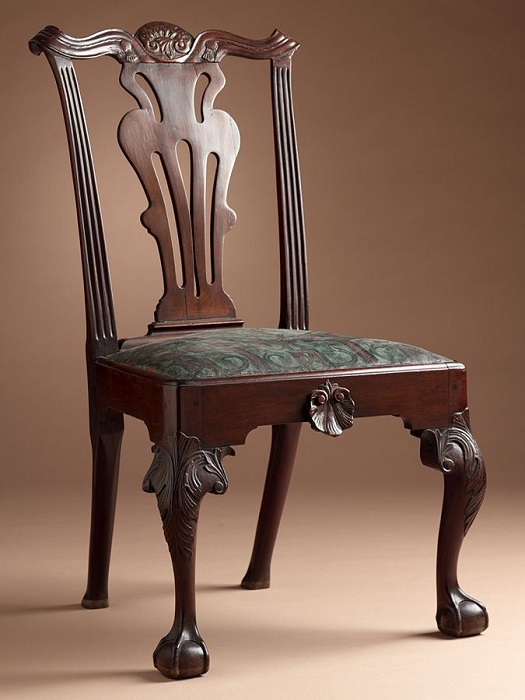
There are several kinds of mahogany: original, similar and different from the original.
The widely recognized genuine mahogany is the genus Swietenia, which grows in the Americas, mainly in South America. There are 3 main types within this genus:
- Cuban mahogany (Swietenia mahogani). If we were to make a hierarchy of mahoganies this would be the first. In the past it has been massively exploited for its very clean and beautiful wood from very tall trees. In 1946 Cuba banned export because of very high demand and over-exploitation. Now Cuban mahogany has almost disappeared from the market.
- Honduran mahogany (Swietenia macrophilla) is also known as Brazilian mahogany and is very similar in its properties to the original mahogany. Its exploitation in areas where it grows naturally has also been restricted, with more wood now coming from plantations.
- Mexican mahogany (Swietenia humilis). The trees of this species are much smaller and the quality of the timber is poorer (knots and uneven grain). There are opinions that these trees were also very tall in the past, but over-exploitation and the shift to cultivation have resulted in trees with different growth.
Very similar to these types of original mahogany is the African mahogany. Neither is of one kind, but the best known is Khaya ivorensis. African mahogany is the kind found on the European market. It's tougher than the original mahogany, but it works well.
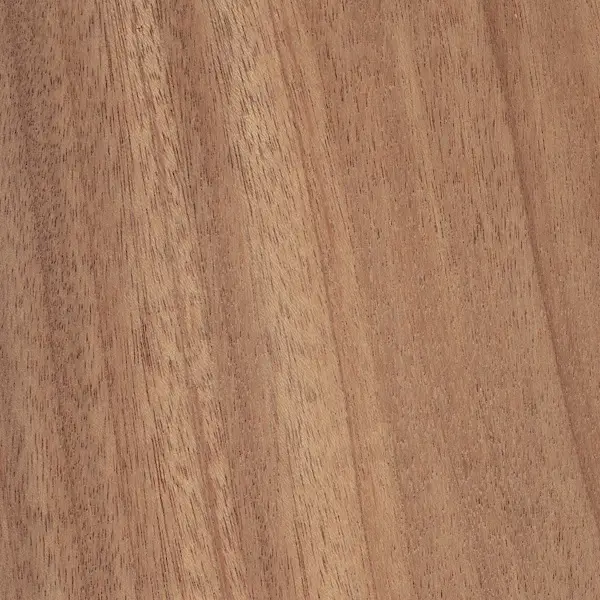
photo source: wood-database.com
Like the original mahogany species, African mahogany belongs to the Meliaceae family. The same family also includes other species, with more different properties, but which are widely accepted by specialists as belonging to the mahogany family. The best known are the sapele, sipo and Australian red cedar.
There are, however, species such as Filipino mahogany, Chinese mahogany, Indian mahogany or Indonesian mahogany that are very different in their properties from the original mahogany and are not recognized by specialists as mahogany. Their name is primarily commercial and is based on a similarity of design or color. Filipino mahoni is also known as meranti.
What makes mahogany so special is the special qualities of the wood. The difference between the Meliaceae species, considered by the vast majority of specialists to be mahogany and those that aspire to the title of mahogany, is seen in the price and the way it is processed
And yet, if they are so similar in design and color, why don't we consider all species to be all mahogany? Because it's not just the color and pattern that make mahogany special. There are many other properties that made it so desirable that its exploitation had to be controlled. Here are some of them:
- works well and easily, both by hand and with machines. The fiber is straight and consistent, it is tough, but not so tough that it is hard to work. This means that it is easy to work and sand, but it is resistant to knocks and scratches;
- very good stability. Mahogany wood is recognized for its dimensional stability. It continues to be very stable, does not warp or swell, and joints and glues remain intact;
- good rot resistance. It is not as strong as teak or other exotic woods, but it is superior to most native species. Wood from older trees grown naturally in the forest is much stronger than that from young plantation trees.
- straight grain and beautiful, specific color. The color is so distinctive that it has given rise to berries that dye ordinary wood 'mahogany'. Perhaps that's why it feels like we see mahogany furniture everywhere. It's actually wood of various species stained in the mahogany color, which resembles wood. That's because mahogany wood has a lot of colors in its design, ranging from dark brown bands, through reddish brown, to pink. And the color differs from species to species. The mahogany has large pores scattered throughout the annual ring that give beautiful patterns. In some species the annual ring is not clearly demarcated.
- large-sized timber with straight grain and no knots. Due to the climate in the areas of origin (Peru, Brazil, Cuba, Honduras) the trees grow very tall but are also very strong. These trees produce long, wide pieces of timber without knots and defects.
Uses of mahogany wood
Mahogany is used both as veneer and as solid wood, timber. Original mahogany is easily processed and stained. Mahogany species can be difficult to stain because of salts stored in the pores. The more silicate the soil in which they are grown, the greater the problems.
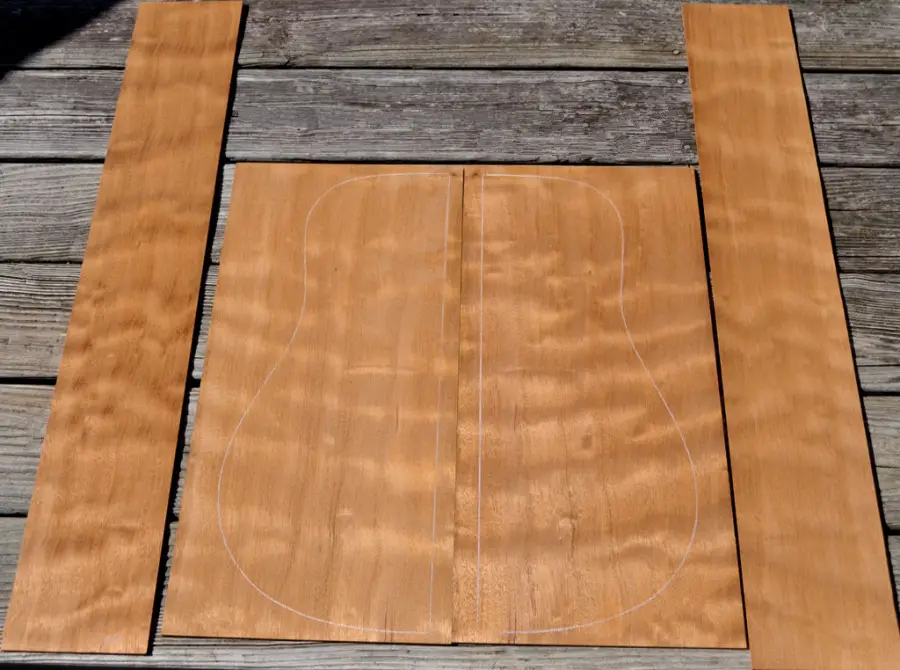
In mahogany's heyday - the 18th and 19th centuries - it was used by renowned manufacturers to make furniture steels. And now it is used in furniture, both solid and veneered. It's not as expensive as it used to be, but it's not cheap either. At least the original, which is increasingly rare, is very expensive indeed.
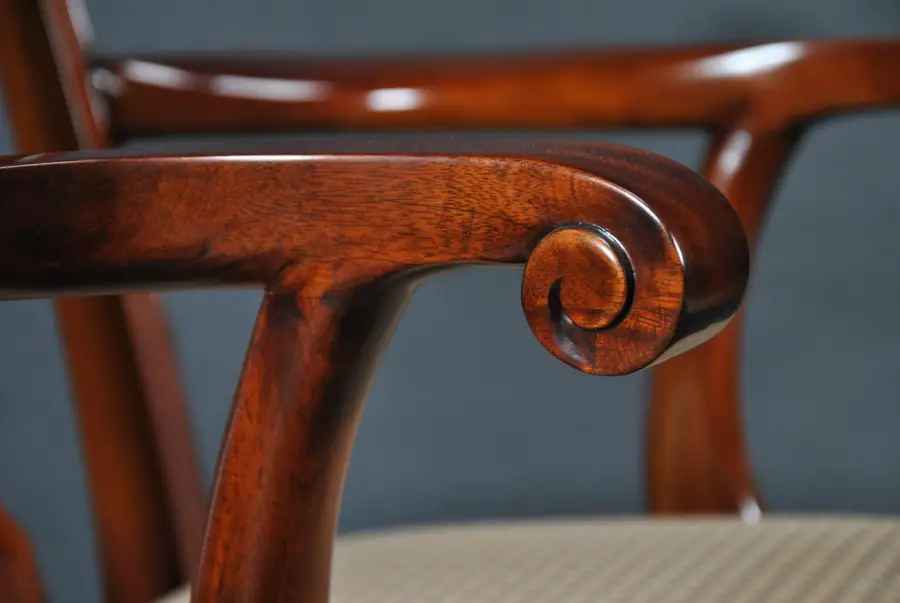
Mahogany is used to make jewelry or cigar boxes, to make classical or electric guitars, for floors or wooden steps. Woodworkers use it to make inlays or for restorations. It is also used in yachts and other boats because of its good resistance to moisture.

Mahogany was and always will be a precious wood. Even if it is no longer considered the wood of kings, it contributes to the value of the pieces it is used in.
























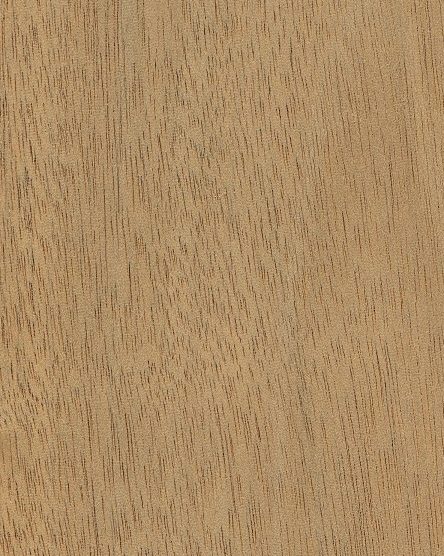
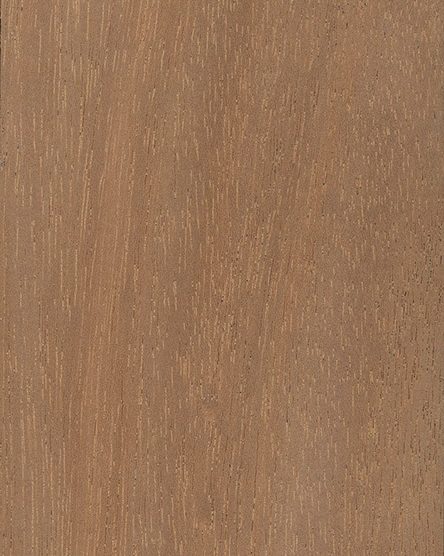

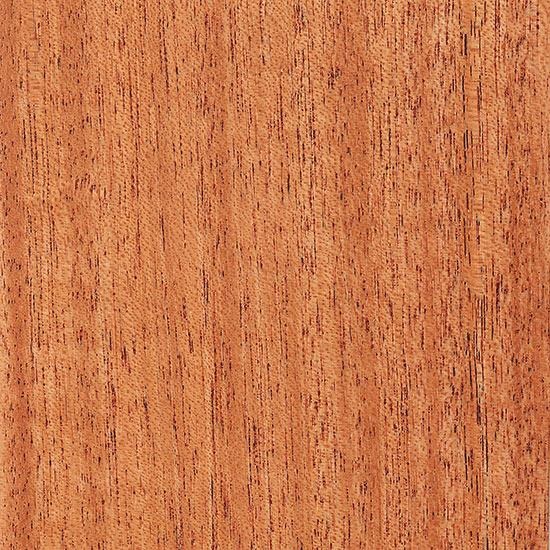












Very interesting this series of articles! Looking forward to an article on ebony or purpleheart!
Very good ideas. Thanks! 🙂
If I see that you have answered me, I will give you some more ideas, among the species that I find interesting, although I have never seen them, I have only read about them or seen them on the internet at some carpenters. There would be some exotic ones, like padauk, yellowheart, Mexican kingwood (this one looks great), snakewood, bocote, cocobolo or osage orange, the latter grows here too, I've only seen the tree, not the wood, horse apples I think they call them.
Well, I'm not saying to write about them, that's a lot, but as an idea, maybe I've listed a certain species you didn't know about and find interesting! Good for you! 🙂
Nice and interesting article, thanks for the information!